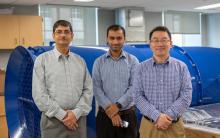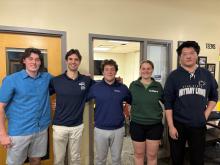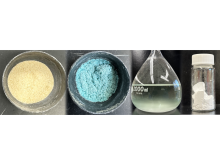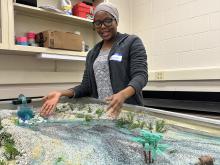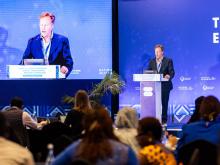
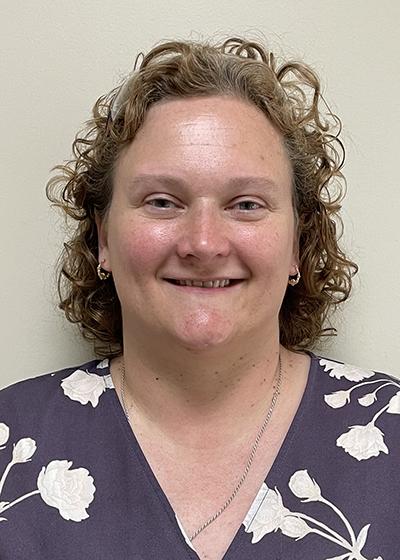
Sarah Eichfeld

Clive Randall
Penn State will host the 20th North American Mine Ventilation Symposium (NAMVS) in collaboration with the Society of Mining, Metallurgy, and Exploration (SME) and the SME Underground Ventilation Committee (UVC) on June 21–26 in Pittsburgh. The symposium is North America's largest biennial gathering of mine ventilation professionals, which brings mine operators, equipment manufacturers, researchers and regulators together to showcase products, attend presentations and discuss the leading technologies and research.
Students in Assistant Professor of Energy and Mineral Engineering Nelson Dzade’s "EGEE 437: Design of Solar Energy Conversion Systems" class worked with Greenwood Furnace State Park this spring semester as part of a Sustainable Communities Collaborative (SCC) project in partnership with Pennsylvania's Department of Conservation and Natural Resources' (DCNR) Think Outside Program.
Lightweight lithium metal is a heavy-hitting critical mineral, serving as the key ingredient in the rechargeable batteries that power phones, laptops, electric vehicles and more. As ubiquitous as lithium is in modern technology, extracting the metal is complex and expensive. A new method, developed by researchers at Penn State and recently granted patent rights, enables high-efficiency lithium extraction — in minutes, not hours — using low temperatures and simple water-based leaching.

Mohammad Rezaee
For the second year in a row, fourth graders in the State College Area School District have been learning about the earth sciences with the help of geosciences experts in the Penn State College of Earth and Mineral Sciences (EMS). These students are learning about plate tectonics, erosion, fossilization and sea-level changes in the classroom through lesson plans their teachers produce with the help of Penn State faculty members and graduate students.
For some pressing research problems, an ocean’s worth of distance isn’t enough to prevent the connection to some common ground. That’s the point behind the annual National Academies U.S.-Africa Frontiers of Science, Engineering and Medicine (NASEM) Symposium. And it’s why the College of Earth and Minerals Sciences (EMS) joined Google, the Gates and Rutter Foundations, the Department of Defense and others as sponsors of the event.
A new report finds that with immediate action, Pennsylvania could tap into its vast underground heat to meet 100% of its electricity, heating, and industrial thermal needs within ten years—using the skills and infrastructure of its existing oil and gas workforce. "The Future of Geothermal in Pennsylvania" evaluates the Commonwealth’s geothermal potential and highlights widespread opportunities across sectors—from residential and commercial buildings to agriculture, manufacturing, and pharmaceuticals.


